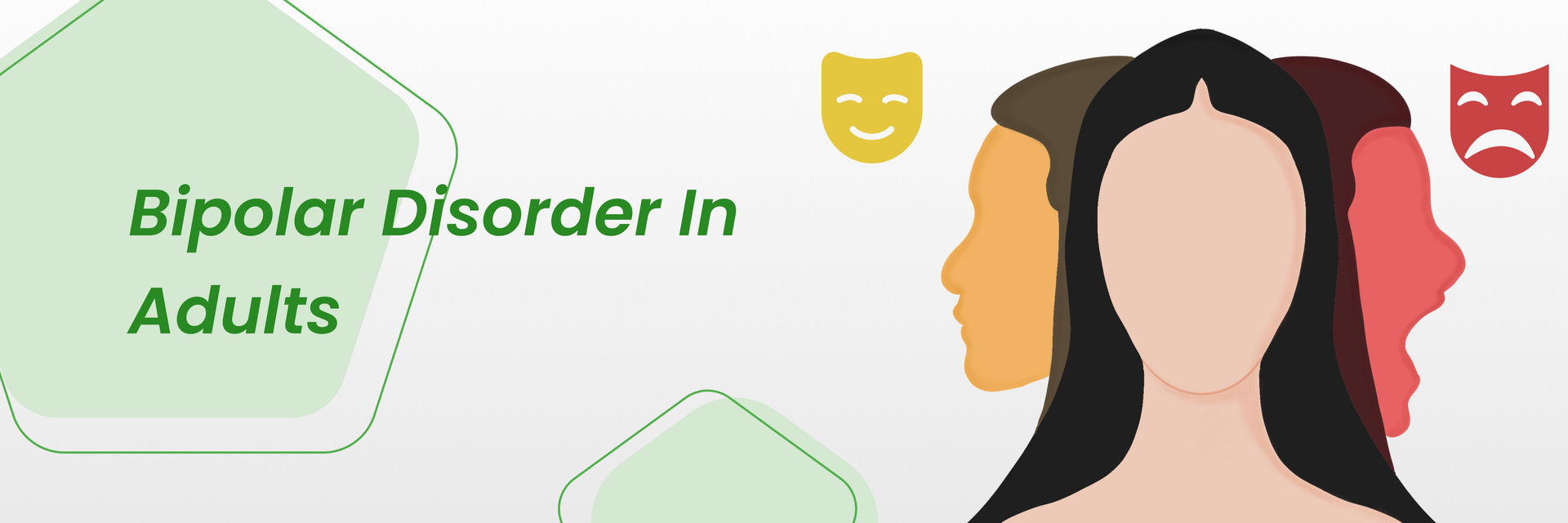When dealing with anxiety or pain, many individuals rely on medication like Xanax for relief. While these options might provide quick fixes, they don’t necessarily address the root causes of discomfort, whether physical or emotional. Breathing exercises, on the other hand, offer a natural, effective alternative for managing both pain and anxiety. These techniques, simple yet powerful, help to calm the mind, reduce stress, and relieve physical discomfort in just minutes. Here are five breathing exercises that can provide immediate relief.
Deep Breathing for Relaxation
Deep breathing, also known as diaphragmatic breathing, is one of the easiest and most effective techniques for reducing anxiety and alleviating pain. The process involves consciously breathing deeply into the diaphragm, which allows more oxygen into the body and triggers the relaxation response. This technique is simple to practice and can be done anywhere.
To perform deep breathing, sit or lie down in a comfortable position. Place one hand gently on your chest and the other on your belly. As you take a slow, deep breath in through your nose, focus on the rise of your abdomen rather than the movement of your chest. This ensures that you engage your diaphragm fully, allowing for deeper, more effective breaths. Allow the breath to fill your lungs completely, and then exhale slowly through your mouth. Repeat this process for several minutes, making sure to concentrate on the sensation of your belly rising and falling. This practice helps reduce tension in the body and promotes a sense of calm, making it particularly helpful for anxiety and stress-related pain.
The 4-7-8 Breathing Technique
The 4-7-8 breathing method is a popular technique known for its ability to quickly reduce anxiety and stress. Developed by Dr. Andrew Weil, this exercise is based on a rhythmic pattern that helps calm the nervous system and restore balance to the body. It’s especially effective for people who find it difficult to relax or those experiencing intense bouts of anxiety.
To practice the 4-7-8 technique, find a quiet space and sit or lie down comfortably. Inhale deeply through your nose for a count of four seconds, hold your breath for seven seconds, and then exhale slowly through your mouth for a count of eight seconds. The extended exhalation is particularly beneficial for lowering heart rate and blood pressure, promoting a deep state of relaxation. By repeating this cycle for several minutes, you can activate the parasympathetic nervous system, which helps counteract the body’s stress response, easing both anxiety and physical discomfort.
Box Breathing for Mental Clarity
Box breathing, also known as square breathing, is another effective technique for calming anxiety and reducing pain. It is commonly used by professionals in high-stress environments, such as athletes and military personnel, to regain focus and mental clarity. This technique helps stabilize breathing patterns, making it easier to control the body's physiological response to stress.
To begin box breathing, sit comfortably with your back straight. Inhale through your nose for a count of four seconds, then hold your breath for another four seconds. Exhale slowly through your mouth for four seconds, and hold your breath again for four seconds. Repeat this cycle for several minutes. Box breathing helps regulate the autonomic nervous system, reducing symptoms of anxiety and promoting physical relaxation. It also helps create a mental “reset,” allowing you to focus on the present moment instead of the stressor or pain.
Alternate Nostril Breathing for Balance
Alternate nostril breathing, or Nadi Shodhana, is an ancient yoga practice that has gained popularity in recent years for its ability to balance the body and mind. This technique involves controlling the airflow through the nostrils, which is believed to harmonize the left and right hemispheres of the brain. It can be particularly useful for reducing anxiety, managing stress, and calming the nervous system.
To practice alternate nostril breathing, sit comfortably with your spine straight. Softly block your right nostril by pressing it with your right thumb. Inhale deeply through your left nostril, then close the left nostril using your right ring finger. Unclasp your right nostril and exhale gently through it. Next, inhale deeply through your right nostril, close it with your thumb, and exhale through your left nostril. Keep alternating between nostrils for the next 6 to 10 minutes. This technique is effective for reducing mental clutter, calming racing thoughts, and promoting a balanced, grounded state.
Progressive Relaxation with Breathing for Pain Relief
Progressive relaxation is a technique that combines deep breathing with muscle relaxation to relieve both mental and physical tension. This exercise is particularly beneficial for those who experience pain related to stress or muscle tightness. By consciously relaxing each muscle group, you can release built-up tension and promote relaxation throughout the body.
To practice progressive relaxation, start by sitting or lying down in a quiet, comfortable space. Breathe deeply several times to ground yourself and find your calm. Begin with your feet, tensing the muscles as you inhale deeply, and then releasing the tension as you exhale. Continue this process, working your way up the body through your legs, abdomen, chest, arms, and face. As you relax each muscle group, focus on the sensation of letting go and releasing any tension. This exercise is particularly effective for managing pain that is caused by muscle tightness or emotional stress, and it can be done quickly to alleviate discomfort.
Why Breathing Exercises Work for Pain and Anxiety
Breathing exercises are effective because they directly affect the body’s autonomic nervous system. When we experience anxiety or pain, the body’s “fight-or-flight” response is triggered, leading to increased heart rate, shallow breathing, and muscle tension. By practicing controlled breathing, we activate the parasympathetic nervous system, which counters these effects and promotes relaxation.
Additionally, breathing exercises improve oxygen flow to the body’s tissues, which can help alleviate some forms of chronic pain. By incorporating these techniques into your daily routine, you can reduce stress, lower your anxiety levels, and improve your ability to manage pain without relying on medications seeking to buy Tramadol online.
Conclusion
Breathing exercises offer an accessible, effective, and natural way to manage pain and anxiety. Whether you’re struggling with everyday stress or dealing with more severe discomfort, these simple techniques can help you find relief quickly. By incorporating deep breathing, 4-7-8, box breathing, alternate nostril breathing, and progressive relaxation into your routine, you can significantly reduce anxiety and improve your overall sense of well-being. With practice, these exercises can become a powerful tool for managing both physical and emotional pain, offering a healthier alternative to medications.






